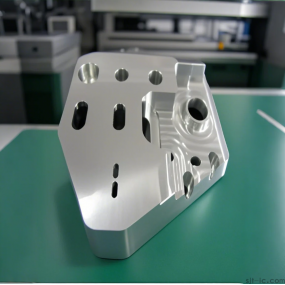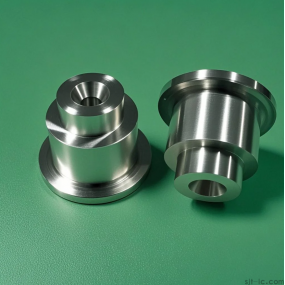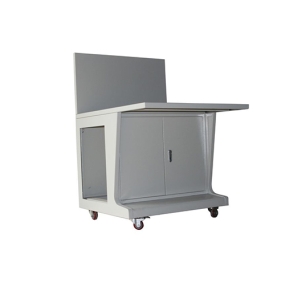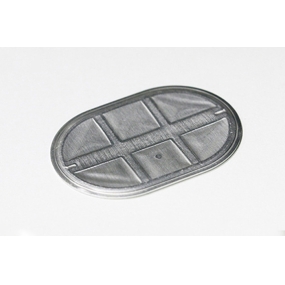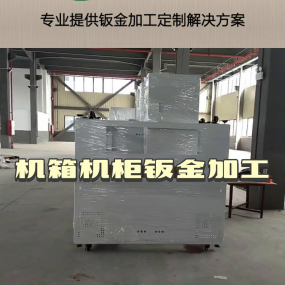Hi everyone, I’m Xiao Ke, your editor! 😊 Today, let’s talk about the precision of high-end CNC Machining. Many new buyers often struggle when looking for suppliers: How high can the precision actually be? Are the parameters exaggerated?… But in fact, as long as you understand the core indicators, you can avoid falling into traps! 👇
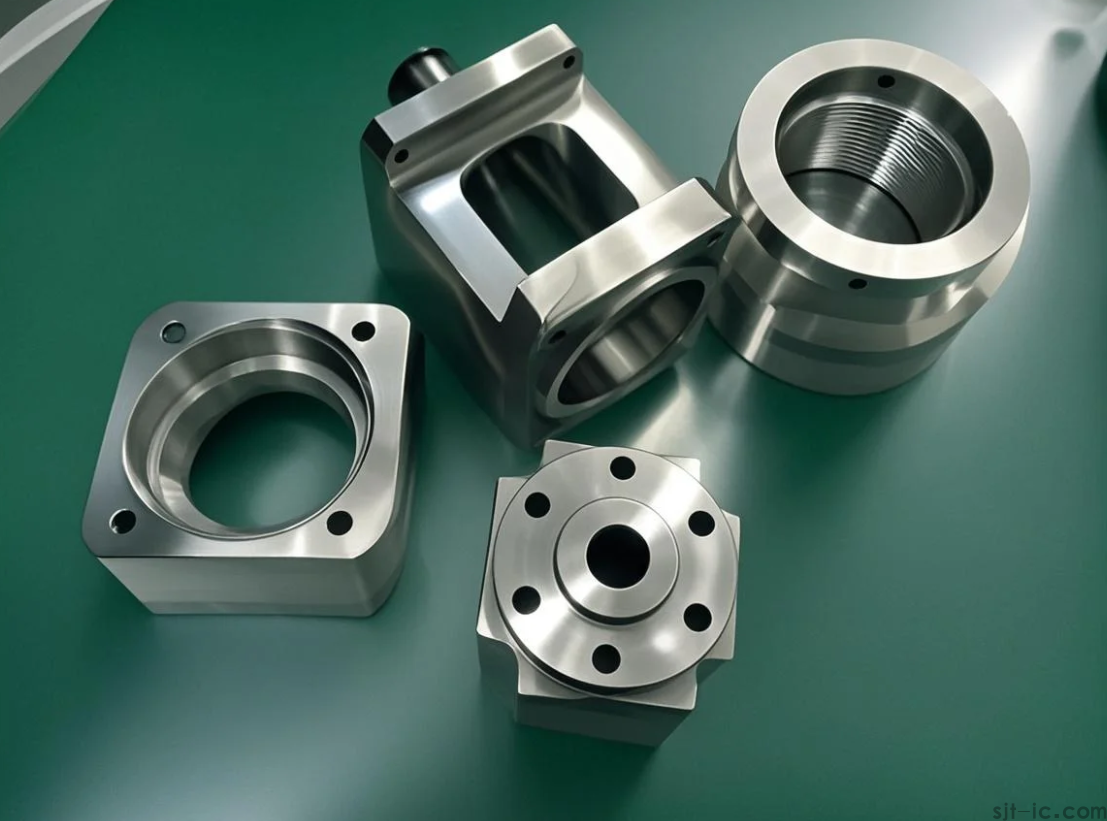
1. How "High" Is the Precision of High-End CNC Machining?
The precision of high-end CNC machining usually reaches the micron level (μm). For example, precision aerospace parts require a tolerance of ±0.001mm, and medical implants even demand a surface finish of Ra ≤ 0.4μm. However, I need to remind you: Don’t just focus on the "extreme values" advertised by manufacturers. Instead, pay attention to **repetitive positioning accuracy** and **long-term stability**—these are the true reflections of a reliable manufacturer’s strength!
2. Four Core Factors Affecting Precision
1) Equipment Grade Is the Foundation
- 5-axis simultaneous CNC machining centers: Multi-axis synchronous control reduces clamping errors, improving the machining precision of complex curved surfaces by over 30%.
- Thermal compensation systems: High-end machine tools perform real-time compensation for thermal deformation to prevent micron-level dimensional drift during machining.
2) Cutting Tools and Process Design
- Diamond-coated cutting tools: When machining aluminum, their service life is 5 times longer than that of ordinary tools, maintaining stable cutting edge sharpness.
- Intelligent optimization of cutting parameters: For instance, titanium alloy cutting requires low rotational speed and high feed rate to avoid material hardening.
3) Inspection and Quality Control
- Coordinate Measuring Machines (CMM): Conduct full-dimensional scanning and comparison with 3D models, achieving a precision of 0.8μm + L/350.
- White light interferometers: Detect micro-surface defects with a sensitivity of 0.01μm.
4) Material Property Matching
- Aluminum alloys are easy to machine but soft and prone to tool adhesion; stainless steel requires low-temperature cooling to prevent deformation… Different materials require completely different methods to achieve precision!
3. Precision Grade Comparison Table (Industry Test Reference)
| Application Field | Typical Precision Requirement | Key Challenge | Recommended Qualified Equipment |
|--------------------|--------------------------------|----------------|-----------------------------------|
| Aerospace | ±0.001mm | Machining deformation of high-temperature alloys | 5-axis gantry machining centers |
| Medical Implants | Ra ≤ 0.4μm | Flawless biocompatible surfaces | Precision turn-mill composite centers |
| Automotive Engines | ±0.005mm | Consistency in mass production | Multi-axis CNC lathes |
| Electronic Communication | ±0.01mm | Preventing over-cutting of micro-structures | High-speed milling centers |
4. Editor’s Insight: How to Verify a Manufacturer’s Precision Capability?
- Ask yourself: How to judge if a manufacturer can truly achieve micron-level precision? — Request to see inspection reports! Formal manufacturers will provide CMM test data and even video records of the machining process.
- Small-batch trial orders: First, have 10 sample parts machined. Use microscopes and calipers to spot-check key dimensions and check if consistency meets standards.
- Equipment list verification: Prioritize manufacturers with Hexagon CMMs and Renishaw probes—these hardware are the foundation of precision assurance.
I once helped a robotics company screen suppliers and found that one manufacturer claimed "±0.002mm precision," but actual laser interferometer testing showed the machine’s repetitive positioning accuracy was only ±0.008mm… So, you can’t just listen to the data; you have to verify it! 💪
🎯 Exclusive Data: A certain aerospace parts factory, through thermal compensation systems and multi-axis path optimization, stably controlled the machining precision of titanium alloy blades within ±0.0015mm, increasing the yield rate from 75% to 98%! — Technical accumulation is the ultimate guarantee of precision.
Do you need me to translate more related industrial content, such as CNC machining operation guides or precision testing standard documents, into English? I can also adjust the translation style to be more technical or concise according to your specific usage scenarios.


 Spanish
Spanish Arabic
Arabic French
French Portuguese
Portuguese Belarusian
Belarusian Japanese
Japanese Russian
Russian Malay
Malay Icelandic
Icelandic Bulgarian
Bulgarian Azerbaijani
Azerbaijani Estonian
Estonian Irish
Irish Polish
Polish Persian
Persian Boolean
Boolean Danish
Danish German
German Filipino
Filipino Finnish
Finnish Korean
Korean Dutch
Dutch Galician
Galician Catalan
Catalan Czech
Czech Croatian
Croatian Latin
Latin Latvian
Latvian Romanian
Romanian Maltese
Maltese Macedonian
Macedonian Norwegian
Norwegian Swedish
Swedish Serbian
Serbian Slovak
Slovak Slovenian
Slovenian Swahili
Swahili Thai
Thai Turkish
Turkish Welsh
Welsh Urdu
Urdu Ukrainian
Ukrainian Greek
Greek Hungarian
Hungarian Italian
Italian Yiddish
Yiddish Indonesian
Indonesian Vietnamese
Vietnamese Haitian Creole
Haitian Creole Spanish Basque
Spanish Basque

